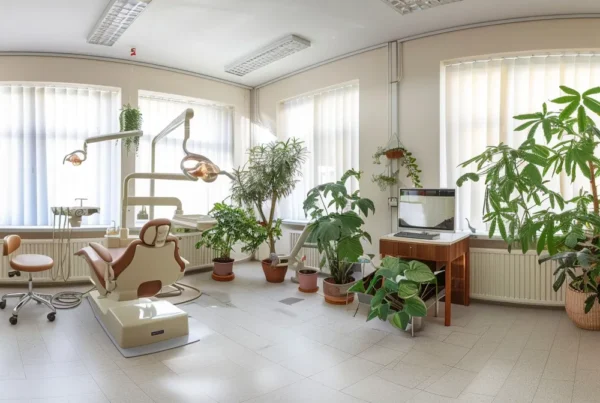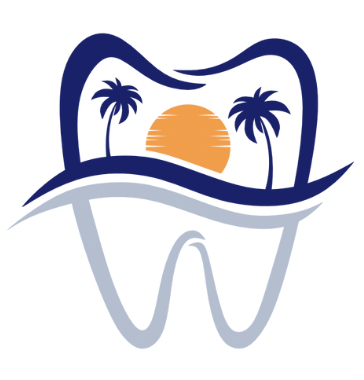Are you confused about whether biological or traditional dentistry is the best fit for your oral health? With increasing awareness of diet, inflammation, and toxicology, many are reconsidering their dental choices. This post will explore the core concepts of biological dentistry alongside traditional practices, compare treatment philosophies, and highlight key advantages of each approach. By reading this, you’ll gain clarity on which option aligns with your health goals, especially if you’re worried about issues like sedation, clear aligners, and potential toxic substances in dental procedures. Let’s help you make an informed decision that prioritizes your well-being.
Key Takeaways
- Biological dentistry emphasizes safe materials that support overall health and wellness
- Patient education is central to both biological and traditional dental practices
- Holistic approaches in biological dentistry can reduce anxiety and improve comfort during treatments
- Traditional dentistry often focuses on immediate symptom relief, sometimes neglecting broader health impacts
- Community feedback is crucial in choosing the right dental approach for individual needs
Wondering how much your treatment will cost?
Share a few details, and we’ll provide a personalized estimate just for you!Understand Biological
Understand the Core Concepts of Biological Dentistry
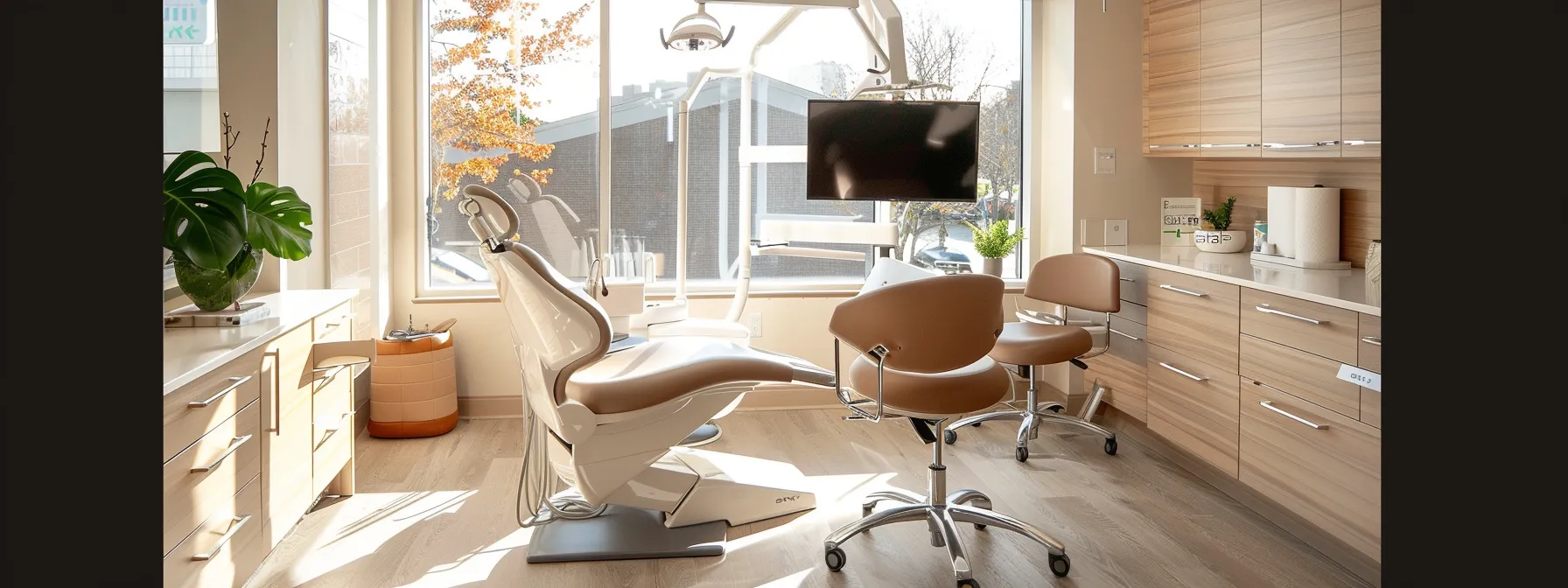
Biological dentistry focuses on using safe dental materials and techniques that prioritize overall patient health. By integrating principles of holistic health, practices aim to reduce harmful substances like certain metals and enhance comfort through the use of ceramic options. Effective communication in a welcoming dental office, such as Laguna Heights dental, fosters patient education, guiding individuals in making informed choices about their oral care. When considering whether to request an appointment, understanding these core concepts can help in choosing the best approach between biological and traditional dentistry.
Define Biological Dentistry and Its Principles
Biological dentistry is an approach that emphasizes the health of the whole body, focusing on using safe materials and procedures that promote overall wellness. Unlike traditional methods that may rely on metal crowns or other materials with potential toxicity, biological practices use alternatives that minimize harmful effects on tissue and enhance the quality of life for patients. This philosophy encourages open discussions and patient education, allowing individuals to make choices that align with their health values. To request appointment, individuals can contact Laguna Heigths dental.
- Focus on safe dental materials.
- Prioritize patient education and comfort.
- Aim to reduce toxicity to improve overall well-being.
Identify the Primary Goals of Biological Dental Practices
The primary goals of biological dental practices revolve around promoting overall health while effectively addressing oral hygiene issues like tooth decay. These practices serve to create a safe environment where patients can feel comfortable discussing their needs, ensuring that orthodontics and other treatments are aligned with their wellness values. By utilizing non-toxic materials and advanced techniques, biological dentistry aims to provide solutions that not only enhance oral health but also contribute positively to the body’s overall well-being.
Explain the Materials Commonly Used in Biological Dentistry
In biological dentistry, materials like ceramic, composite resins, and biocompatible metals are commonly used for their safety and less invasive nature. These materials are designed to minimize discomfort and contribute positively to overall health, aligning well with a patient’s lifestyle choices. For those experiencing jaw pain or discomfort from traditional treatments, exploring these alternatives can be a crucial step in enhancing their oral health care and overall well-being. Patients interested in these options should not hesitate to request an appointment to discuss the best materials for their specific needs.
Highlight the Role of Holistic Health in Biological Dentistry
Holistic health plays a significant role in biological dentistry, focusing on how treatments can influence the entire body rather than just the mouth. Biological dentists prioritize the biocompatibility of materials and approaches used, ensuring that each method aligns with the patient’s overall well-being. By paying careful attention to how dental choices affect health, patients can feel more confident in their care, leading to improved satisfaction and better dental outcomes.
Compare With Traditional Dental Practices Effectively
Biological dentistry and traditional practices differ significantly in their approaches to patient care. Traditional family dentistry often emphasizes treatments using materials such as fluoride, whereas biological methods focus on biocompatible options like porcelain that align with overall health values. For patients seeking a more holistic approach, understanding these differences can help in making informed choices about their dental care.
- Biological dentistry prioritizes safe dental materials.
- Traditional approaches often utilize fluoride and metal options.
- Patient comfort and education are central to biological practices.
- Porcelain and composite resins are key materials in biological dentistry.
Emphasize Patient Education and Communication Strategies
In biological dentistry, effective patient education and open communication are key elements that help individuals understand their options for dental care, particularly when it comes to the use of ceramic dental implants or materials that reduce harmful bacteria. This approach encourages patients to engage in conversations about their oral health and wellness, minimizing the fear often associated with dental visits. By providing clear explanations of the potential risks of traditional practices, biological dentists empower individuals to make informed choices about their treatments and overall oral health, fostering a deeper understanding of how dental procedures can impact disease prevention and personal well-being:
Examine Traditional Dentistry Practices and Approaches

Traditional dentistry is grounded in established principles that emphasize effective treatment options and symptom relief. Common techniques include restorative care using materials like metal crowns or fillings. The focus often lies on cosmetic dentistry, addressing aesthetic concerns while delivering essential oral health services. Patient experiences in these settings can vary, affecting overall satisfaction and perceptions of dental health.
This section will open a discussion about the foundational aspects of traditional approaches, the materials dentists typically rely on, and how these methods affect patients’ holistic health and treatment journeys.
Describe the Foundational Principles of Traditional Dentistry
Traditional dentistry relies on established principles that prioritize effective treatment and symptom relief. This approach often includes restorative techniques using materials like titanium for crowns and fillings, ensuring durability while addressing cosmetic needs. Advanced tools, such as laser technology and ozone therapies, are also employed to enhance patient comfort and treatment outcomes, making dental services more efficient for patients in Alabama and beyond.
- Focus on effective treatment and symptom relief.
- Utilization of titanium for crowns and fillings.
- Incorporation of advanced tools like lasers and ozone therapies.
- Emphasis on patient comfort and satisfaction.
List Common Techniques and Procedures Used in Traditional Practices
Traditional dental practices often employ various common techniques and procedures to ensure effective dental care. These include restorative treatments, such as using metal crowns and fillings made from materials like titanium, which provide durability and functionality. Ozone therapy is also gaining attention as an innovative approach to treat dental issues by promoting healing and killing harmful bacteria. Additionally, dentists in the south might emphasize the importance of balanced nutrition and the role of acid in dental health to assist patients in maintaining optimal mouth hygiene.
Discuss the Types of Materials Typically Used by Traditional Dentists
Traditional dentists typically use materials like metal crowns, fillings made from amalgam, and porcelain for various dental procedures. These materials serve practical purposes, such as providing strength and durability for dental patients who may experience headaches or stress related to dental discomfort. During routine teeth cleaning and other restorative treatments, understanding the materials used can help patients feel more informed about their options and how these choices impact their overall dental care.
Identify the Focus Areas of Traditional Dental Care
Traditional dental care primarily focuses on the health of teeth and gums, addressing common issues such as cavities, gum disease, and tooth decay. Treatments often include exams, cleanings, and restorative procedures using materials like amalgam for fillings. Additionally, some traditional practices may offer solutions for problems such as snoring or sleep apnea, aiming to improve not just oral health, but overall well-being as well:
Review Patient Experience in Traditional Dental Settings
Patient experiences in traditional dental settings can vary widely, often influenced by the office’s philosophy and approach to care. Many patients rely on dental insurance, which typically covers standard treatments and procedures, making it a financially accessible option. However, some individuals may find themselves anxious about the materials used in their treatments or the level of education provided about their oral health, highlighting the need for transparent communication in these environments.
Assess the Impact of Traditional Methods on Overall Dental Health
Traditional dental methods can significantly impact overall dental health by focusing mainly on immediate relief of symptoms rather than long-term wellness. For instance, using materials like amalgam for fillings addresses cavities effectively but may present concerns regarding toxicity and biocompatibility. While these methods are often accessible and covered by insurance, patients should weigh the pros and cons against their personal health philosophies and consider whether these approaches align with their overall goals for well-being.
Compare the Treatment Philosophies of Both Approaches

Preventive care strategies differ between biological and traditional dentistry, shaping how each practice approaches oral health. The treatment decision-making process, including health history evaluations, plays a significant role in patient outcomes and satisfaction. Additionally, these practices vary in how they address dental fears and anxieties. Understanding these aspects can guide individuals in choosing the right dental experience for their needs.
Contrast Preventive Care Strategies in Both Dentistry Types
Preventive care strategies in biological and traditional dentistry highlight key differences in approach. Biological dentists emphasize a holistic strategy, focusing on minimizing harmful substances and fostering overall wellness, often incorporating natural treatments and patient education. In contrast, traditional practices typically focus on regular check-ups, cleaning, and immediate responses to oral health issues, sometimes overlooking the broader impacts of dental materials on overall health. Understanding these contrasting preventive care methodologies can help individuals make informed choices that align with their health philosophies.
Analyze Treatment Decision-Making Processes Across Practices
The treatment decision-making processes in biological and traditional dentistry reflect contrasting philosophies that can significantly affect patient experiences. Biological dentists prioritize a holistic view, assessing a patient’s overall health and guiding them to choose materials and methods that align with their wellness goals. In contrast, traditional practices often focus on addressing immediate symptoms, which can sometimes overlook long-term health implications. By understanding these different approaches to treatment decisions, individuals can better navigate their options and select a dental care path that resonates with their personal health values.
Discuss the Approach to Patient Health History Evaluations
In both biological and traditional dentistry, evaluating a patient’s health history plays a crucial role in tailoring the right treatment approach. Biological dentists often take a more comprehensive view, examining not only the patient’s dental issues but also their overall health, lifestyle, and preferences regarding materials used. This thorough evaluation allows them to recommend solutions that align closely with the patient’s values, helping to reduce concerns over toxicity and enhancing comfort with treatment options. In contrast, traditional practices may prioritize the immediate dental needs based on the health history but might not delve as deeply into how broader health conditions could influence treatment choices. Understanding these differing approaches can assist patients in deciding which type of dental care aligns best with their personal health philosophies.
Examine the Long-Term Care Perspectives in Both Practices
Long-term care perspectives in biological and traditional dentistry vary significantly. Biological dentistry emphasizes maintaining wellness through preventative measures, using materials that support the body’s health over time. Retaining a holistic approach helps patients navigate their ongoing dental needs and ensures their treatments align with their overall well-being.
- Biological dentistry focuses on long-term wellness through safe materials.
- Traditional dentistry often addresses immediate issues without considering broader health impacts.
- Patients benefit from ongoing education and support in biological practices.
- Holistic approaches empower patients to make informed decisions about their dental care.
Highlight Differences in Addressing Dental Fears and Anxieties
When it comes to addressing dental fears and anxieties, biological and traditional dentistry approach the matter quite differently. Biological practices often create a warm and welcoming environment, encouraging open conversations about any concerns, which can significantly ease anxiety. By utilizing non-invasive techniques and prioritizing patient comfort through advanced technology, they help individuals feel more at ease during visits. On the other hand, traditional dentistry might focus more on the efficiency of treatments, occasionally leaving patient fears unaddressed, which can contribute to apprehension during dental appointments.
Evaluate Patient Outcomes and Satisfaction Levels
When considering dental care options, patient outcomes and satisfaction levels play a significant role in the decision-making process. Biological dentistry often scores higher in patient comfort and treatment satisfaction due to its focus on using safe materials and non-invasive techniques. In contrast, while traditional dentistry tends to provide effective symptom relief, it may not always address underlying health concerns, leading to varying degrees of patient satisfaction. Understanding these differences can help individuals choose a dental path that aligns with their health values and comfort needs.
Identify Key Advantages of Biological Dentistry
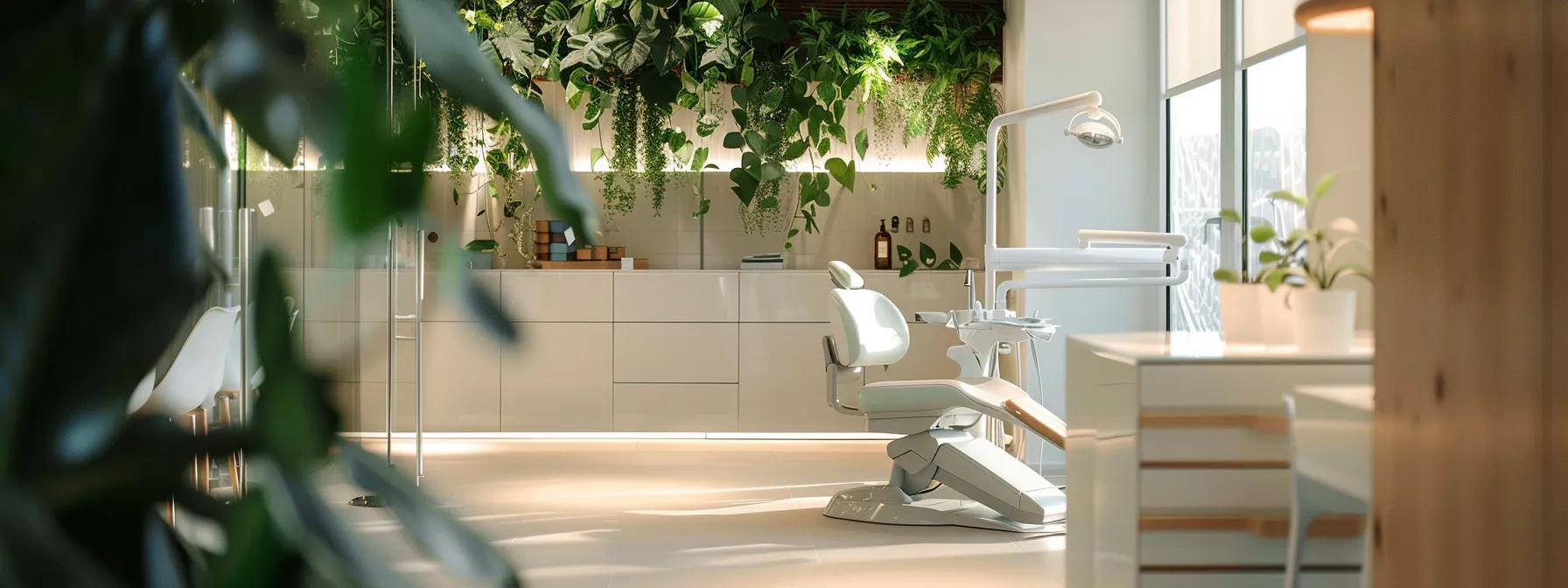
Biological dentistry offers several key advantages that enhance oral health and overall well-being. This approach emphasizes holistic benefits, positively impacting health beyond just dental care. By adopting eco-friendly practices and prioritizing patient-centered care, biological offices promote a more sustainable and individualized experience. Additionally, these methods can be cost-effective over time, ultimately supporting overall wellness.
Discuss Holistic Benefits Associated With Biological Dentistry
Biological dentistry promotes holistic benefits that extend well beyond oral health. By utilizing safe, biocompatible materials, this approach aims to minimize toxins, which can positively impact overall wellness. Patients often experience reduced anxiety and discomfort, thanks to the focus on gentle techniques and patient-centered care, allowing them to feel more empowered and informed about their dental choices.
Explore Potential Health Improvements Beyond Oral Care
Biological dentistry goes beyond just addressing oral issues; it also supports overall health improvement. By using non-toxic materials and gentle techniques, patients often find themselves experiencing less anxiety and discomfort, which can lead to better overall well-being. With an emphasis on safe dental practices, this approach can positively influence other health areas, fostering a sense of empowerment and confidence in one’s care choices:
Review Eco-Friendly Practices in Biological Dental Offices
Biological dental offices often adopt eco-friendly practices that reflect their commitment to both patient health and the environment. For instance, many practitioners use digital tools to reduce paper waste, promote energy-efficient lighting, and select materials that are free from harmful chemicals. This approach not only supports a greener planet but also aligns with the holistic ideals of biological dentistry, providing patients with peace of mind that their care is not only safe but also sustainable.
Highlight the Importance of Patient-Centered Care in This Field
Patient-centered care is a cornerstone of biological dentistry, ensuring that each individual’s unique needs and preferences guide treatment decisions. This approach allows patients to engage in discussions about their oral health, addressing any concerns they may have about materials or methods used. By fostering a collaborative environment, biological dentists empower patients to make informed choices that align with their overall wellness, enhancing satisfaction and comfort throughout their dental experience.
Analyze the Cost-Effectiveness of Biological Methods Over Time
Biological dentistry can be a cost-effective choice over time due to its emphasis on preventive care and holistic practices. By using safer, biocompatible materials, patients often experience fewer complications and repeat treatments, leading to long-term savings. Additionally, the focus on overall health may reduce the likelihood of systemic issues, potentially lowering medical costs associated with dental complications:
- Long-term savings from fewer repeat procedures.
- Safer materials reduce health complications.
- Preventive care can lower overall medical costs.
Assess How Biological Practices Promote Overall Wellness
Biological practices in dentistry promote overall wellness by utilizing safe, biocompatible materials that minimize exposure to harmful substances. This approach not only addresses dental issues but also considers how treatments can impact a patient’s overall health. By focusing on gentle techniques and personalized care, biological dentistry helps patients feel more at ease, reducing anxiety and encouraging healthier habits that enhance their quality of life.
Understand the Limitations of Traditional Dentistry
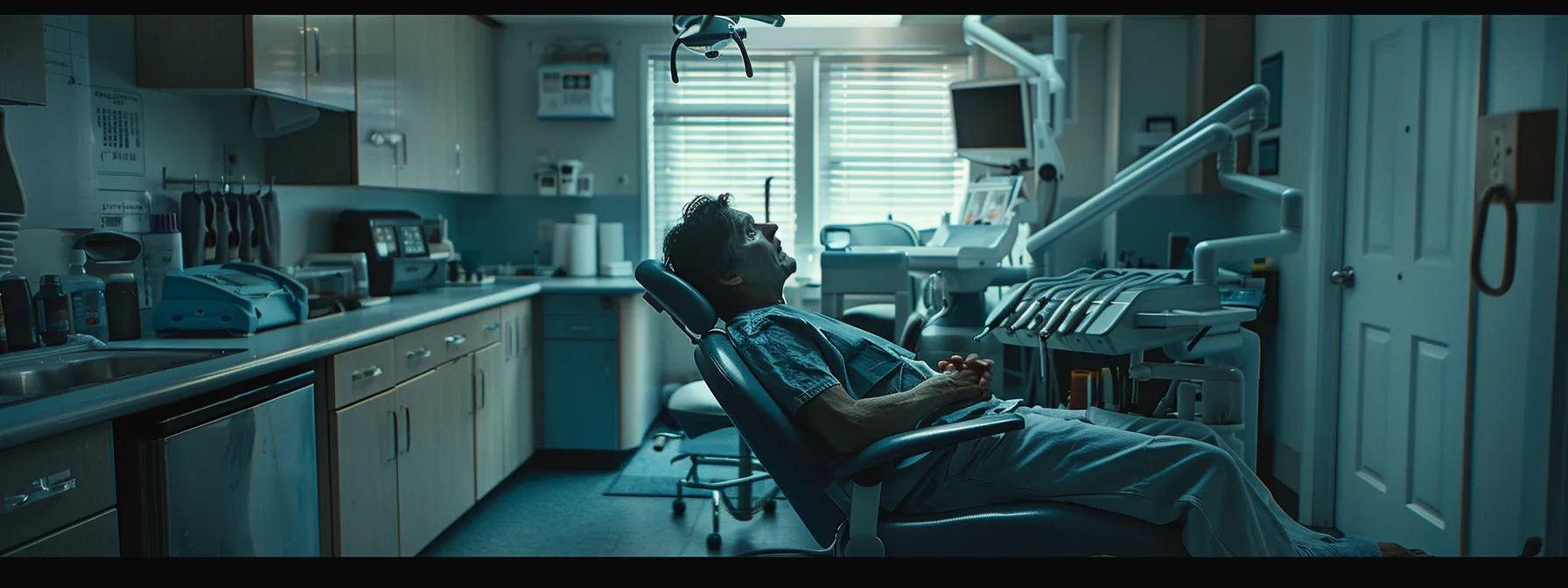
Concerns about material safety in traditional dentistry often arise, especially regarding the use of metals and chemicals. Limitations in addressing underlying health issues and potential side effects of common procedures further contribute to patient apprehension. Additionally, criticism surrounding patient-centered approaches highlights barriers to successful treatment, while fears about long-term chemical exposure can impact a patient’s overall well-being. Examining these topics helps individuals assess if traditional practices align with their health values.
Identify Concerns About Material Safety in Traditional Practices
When considering traditional dentistry, many patients express concerns about the safety of materials used in treatments. Common substances like metals in crowns and fillings can raise questions about potential toxicity and long-term effects on health. Understanding these material safety issues is essential, as choosing the right dental approach can contribute significantly to overall well-being.
Analyze the Limitations in Treating Underlying Health Issues
Traditional dentistry often falls short when it comes to addressing underlying health issues that may be connected to dental problems. For instance, while treating cavities or gum disease, traditional methods may focus on immediate relief through restorative procedures without considering how the patient’s overall health, such as stress or nutritional deficiencies, can impact their dental care. This limited scope can leave patients frustrated, as they may not receive comprehensive solutions that consider both their oral health and wellness needs.
Discuss Potential Side Effects of Common Traditional Procedures
Traditional dental procedures can sometimes lead to side effects that not every patient may be aware of. For instance, using metal crowns or fillings can result in allergic reactions for some individuals, and the use of certain chemicals may contribute to sensitivity or discomfort post-treatment. Understanding these potential side effects is essential for patients to make informed decisions about their dental care options while considering long-term impacts on their overall health:
- Metal allergies from crowns or fillings.
- Sensitivity or discomfort following treatments.
- Risks associated with chemical exposure.
Review Criticism Regarding Patient-Centered Approaches
Many critics argue that traditional dentistry often lacks a true patient-centered approach, focusing more on standard procedures than individual needs. For instance, patients may feel like just another number, receiving minimal explanations about their treatment options, which can increase anxiety and decrease overall satisfaction. This criticism highlights the need for practices that prioritize open communication and personalized care, encouraging individuals to take an active role in their dental health journey.
Examine Barriers to Successful Treatment in Traditional Settings
In traditional dental settings, patients may encounter several barriers that can hinder successful treatment outcomes. Often, these practices can be overly focused on immediate fixes rather than addressing the root causes of dental issues, which might leave patients feeling frustrated when their problems persist. Additionally, a lack of personalized communication can create misunderstandings about treatment options, leading to less informed decisions about their oral health. These aspects can deter individuals from pursuing necessary care and exploring alternative approaches that might better align with their overall wellness goals.
Assess Patient Concerns About Long-Term Chemical Exposure
Many patients express concerns about the long-term effects of chemical exposure from traditional dental materials, such as metals and amalgams. These worries often stem from the fear of potential toxicity and cumulative health impacts over time. Understanding these apprehensions is essential; patients should feel comfortable discussing their options and exploring safer, more holistic alternatives that prioritize their overall well-being, guiding them towards choices that align with their health values.
Make Informed Choices Between Biological and Traditional Options

Evaluating personal dental health needs and preferences is essential when choosing between biological and traditional dentistry. This includes considering safety and environmental concerns, researching potential providers for both approaches, and understanding how insurance impacts access to care. It’s also beneficial to assess ongoing support for dental health and gather community feedback regarding practices and outcomes.
These practical insights can guide individuals as they navigate the decision-making process, ensuring their choice aligns with their values and wellbeing.
Evaluate Personal Dental Health Needs and Preferences
When evaluating personal dental health needs and preferences, individuals should consider both their comfort levels with various materials and their values regarding health and safety. For example, those concerned about the potential toxicity of metals may find biological dentistry more appealing due to its emphasis on biocompatible materials. It’s important for patients to reflect on their past dental experiences and think about what truly matters to them—be it a focus on holistic practices or more traditional approaches that prioritize efficiency in treatment.
Consider Environmental and Safety Concerns in Decision-Making
When making a decision between biological and traditional dentistry, it’s essential to consider environmental and safety concerns. Biological dentistry often uses materials that are safer for both patients and the environment, minimizing exposure to harmful substances like heavy metals. Patients who prioritize eco-friendly practices may find biological methods more aligned with their values, allowing them to feel good not just about their dental care but also about its impact on the planet.
Research Potential Providers for Both Dental Approaches
When considering biological versus traditional dentistry, it’s important to research potential providers for both approaches. Look for dentists who are experienced in the specific practices that align with your values—whether that’s a focus on biocompatible materials in biological dentistry or a strong reputation in comfort and efficiency in traditional practices. User reviews and testimonials can offer insights into patient experiences, helping individuals find a practitioner who meets their needs and addresses any concerns they may have:
- Check the dentist’s qualifications and experience.
- Read patient reviews and testimonials.
- Ask about the materials and techniques they use.
- Inquire about consultation practices and communication.
Understand the Role of Insurance in Accessing Dental Care
Understanding insurance coverage is key when choosing between biological and traditional dentistry. Different insurance plans often have varying levels of support for specific treatments, which can influence a patient’s decision-making process. Those interested in biological options might find that some treatments are less frequently covered compared to traditional methods, making it essential to discuss costs and insurance benefits with potential providers before making a commitment.
Assess Ongoing Support and Resources for Dental Health
When choosing between biological and traditional dentistry, ongoing support and resources for dental health play a pivotal role. Biological practices often emphasize patient education, offering resources that empower individuals to make informed decisions about their oral care. This approach not only includes detailed discussions during appointments but may also provide access to informative materials that help patients understand their health better, ensuring they feel supported long after their visit.
Gather Community Feedback on Dental Practices and Outcomes
When deciding between biological and traditional dentistry, gathering community feedback can be incredibly beneficial. Hearing from others about their experiences with different dental practices can provide valuable insights into which approach might be the most comfortable and effective for individual needs. Patients often share their stories online or in local forums, discussing everything from the materials used to their overall satisfaction, which can help guide others in making informed choices that align with their personal health values and preferences.
Conclusion
Choosing between biological and traditional dentistry is crucial for personal health and well-being. Individuals should consider their values regarding safety, comfort, and overall wellness when making this decision. Emphasizing open communication and patient-centered care, biological dentistry offers a holistic approach that prioritizes long-term health benefits. Ultimately, taking the time to evaluate personal needs and preferences will lead to a more satisfying and appropriate dental care experience.
Get Started Today
Looking for dental care that makes you actually look forward to appointments? (Yes, really!) From the moment you step into our warm, welcoming office, you’ll notice something different – a team that treats you like family while delivering the exceptional care you deserve.
Meet Dr. Nazita Gaff and our dedicated crew, where state-of-the-art dentistry meets genuine, down-to-earth care. Whether you’re dreaming of a brighter smile, seeking relief from jaw tension, or just want a dentist who truly gets it, we’ve created the kind of experience we’d want for our own loved ones. Ready to transform how you think about dental visits? Your new dental home awaits!
Schedule your consultation Today!
Laguna Heights Dental 28202 Cabot Rd, Suite 600 Laguna Niguel, CA 92677 Driving Directions (949) 363-1200



